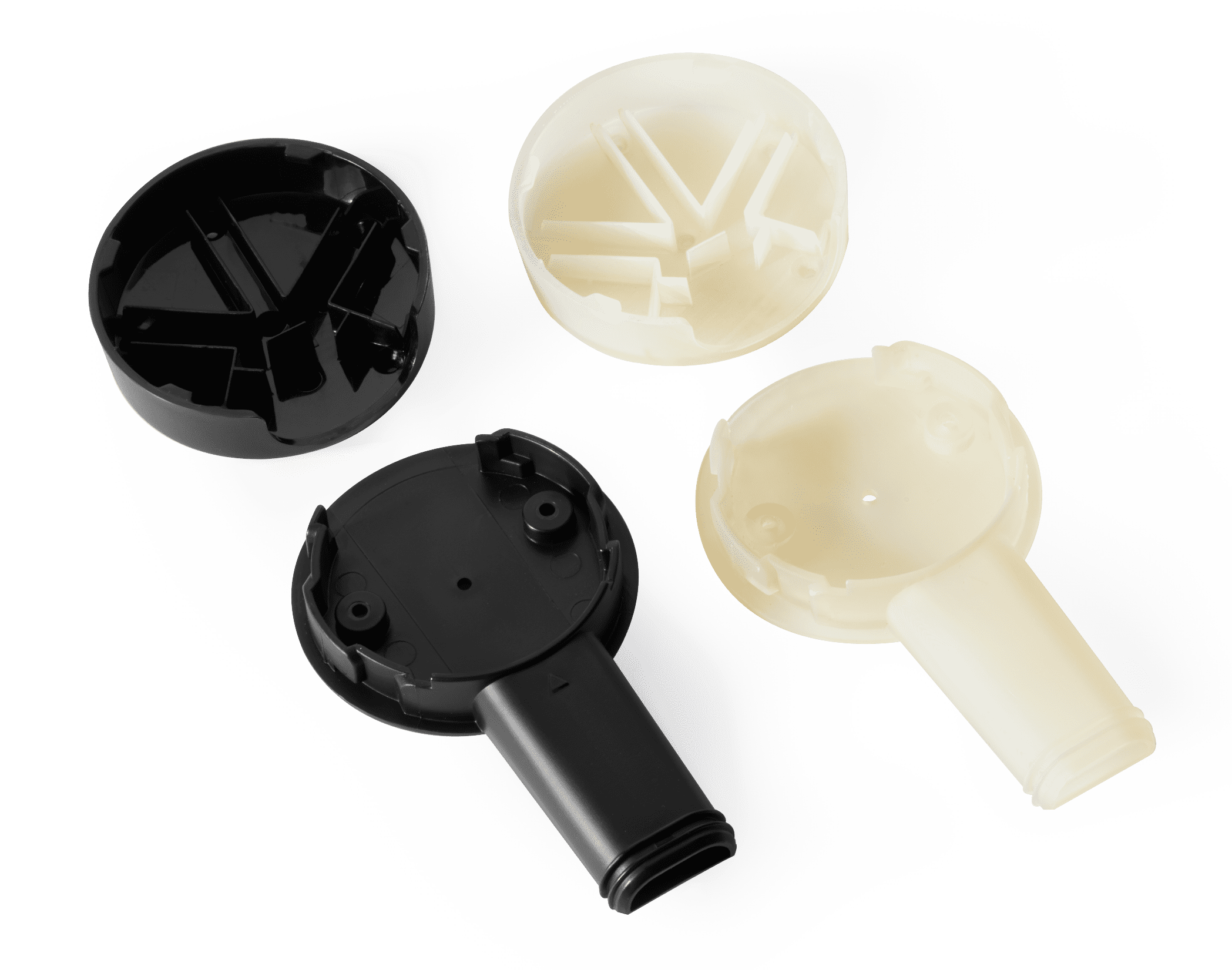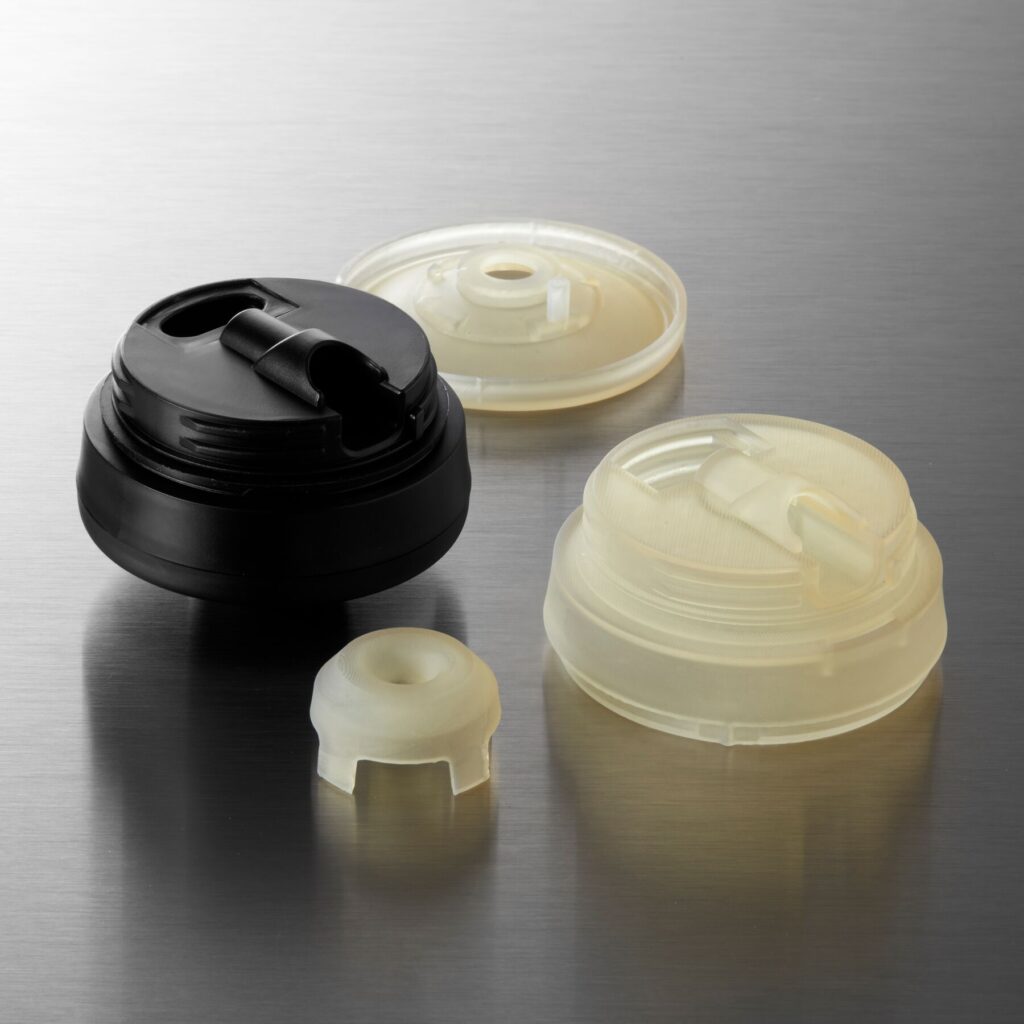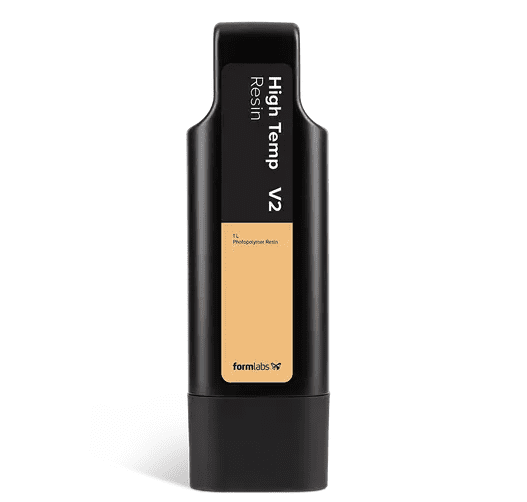Formlabs® High Temp

Formlabs®
High Temp Resin
Formlabs' Resin with the Highest Heat Deflection Temperature of 238 °C @ 0.45 MPa
High Temp resin is an ideal stereolithography material for applications that require high thermal stability such as molds and inserts, parts exposed to hot air, gas, and fluid flow, as well as heat-resistant mounts, housings, and fixtures. It is the material with the highest heat deflection temperature (HDT) of 238 °C @ 0.45 MPa in Formlabs' library of liquid photopolymers.
High Temp Resin
For Thermal Stability.
The High Temp Resin, known for offering the highest heat deflection temperature (HDT) among all Formlabs resins, is designed for the creation of detailed and precise parts that require high thermal stability. It boasts an HDT of 238°C under a pressure of 0.45 MPa, alongside enhancements in elongation to reduce brittleness, making it an ideal choice for applications demanding superior heat resistance.

Material Properties
![]()
TENSILE MODULUS
2.8 GPa
![]()
HEAT DEFLECTION TEMP @ 0.45 MPa
238.0 °C
![]()
ULTIMATE TENSILE STRENGTH
49.0 MPa
![]()
ELONGATION AT BREAK
14%
Performance Scale
| Heat Resistance | |
| Strength | |
| Flex |
Appearance
The Plus (+) of High Temp Resin
![]()
High Thermal Stability
Formlabs High Temp resin offers the highest heat deflection temperature, which is ideal for 3D printing detailed, precise prototypes with high temperature resistance.


An Easy & Efficient Solution for Molds or Inserts
The High Temp liquid photopolymer is accessible and easily used in high-temperature applications, especially molds and inserts.

Elevate Product Development in Hot Air, Gas, and Fluid Flow Applications
Material Variants | 3D Printer Compatibility
Post Processing
FORM CURE SETTINGS
| DURATION
120 minutes |
TEMPERATURE
80 °C |
To achieve the highest HDT of 238°C @ 0.45 MPa:
1. Post-cure parts in Form Cure for 120 minutes at 80°C.
2. Thermally post-cure parts in a non-food oven for 3 hours at 160°C.
For applications not requiring maximum heat resistance, post-cure parts in Form Cure for 60 minutes at 60°C.
Technical Specifications¹
Green2 |
Post-Cured3 |
Post-Cured + additional Thermal Cure 4 |
|||
Ultimate Tensile Strength |
21 MPa | 58 MPa | 49 MPa | ||
Tensile Modulus |
0.75 GPa | 2.8 GPa | 2.8 GPa | ||
Elongation at Break |
14% | 3.3% | 2.3% | ||
Flexural Strength Properties |
24 MPa | 95 MPa | 97 MPa | ||
Flexural Modulus |
0.7 GPa | 2.6 GPa | 2.8 GPa | ||
Notched Izod |
33 J/m | 18 J/m | 17 J/m | ||
Heat Deflection Temp. @ 1.8 MPa |
44 °C | 78 °C | 101 °C | ||
Heat Deflection Temp. @ 0.45 MPa |
49 °C | 120 °C | 238 °C | ||
Thermal Expansion |
118 μm/m/°C | 80 μm/m/°C | 75 μm/m/°C |
1Material properties can vary with part geometry, print orientation, print settings, and temperature.
2 Data was obtained from green parts, printed using Form 2, 100 μm, High Temp settings, washed for 5 minutes in Form Wash and air dried without post-cure.
3 Data was obtained from parts printed using Form 2, 100 micron, High Temp settings, and post-cured with Form Cure at 60 °C for 60 minutes.
4 Data was obtained from parts printed using a Form 2, 100 micron, High Temp settings, and post-cured with Form Cure at 80 °C for 120 minutes plus an additional thermal cure in a lab oven at 160 °C for 180 minutes.











